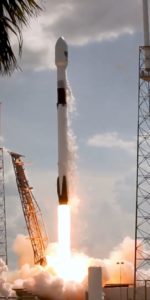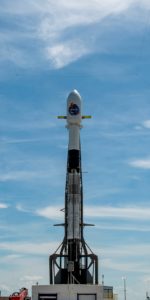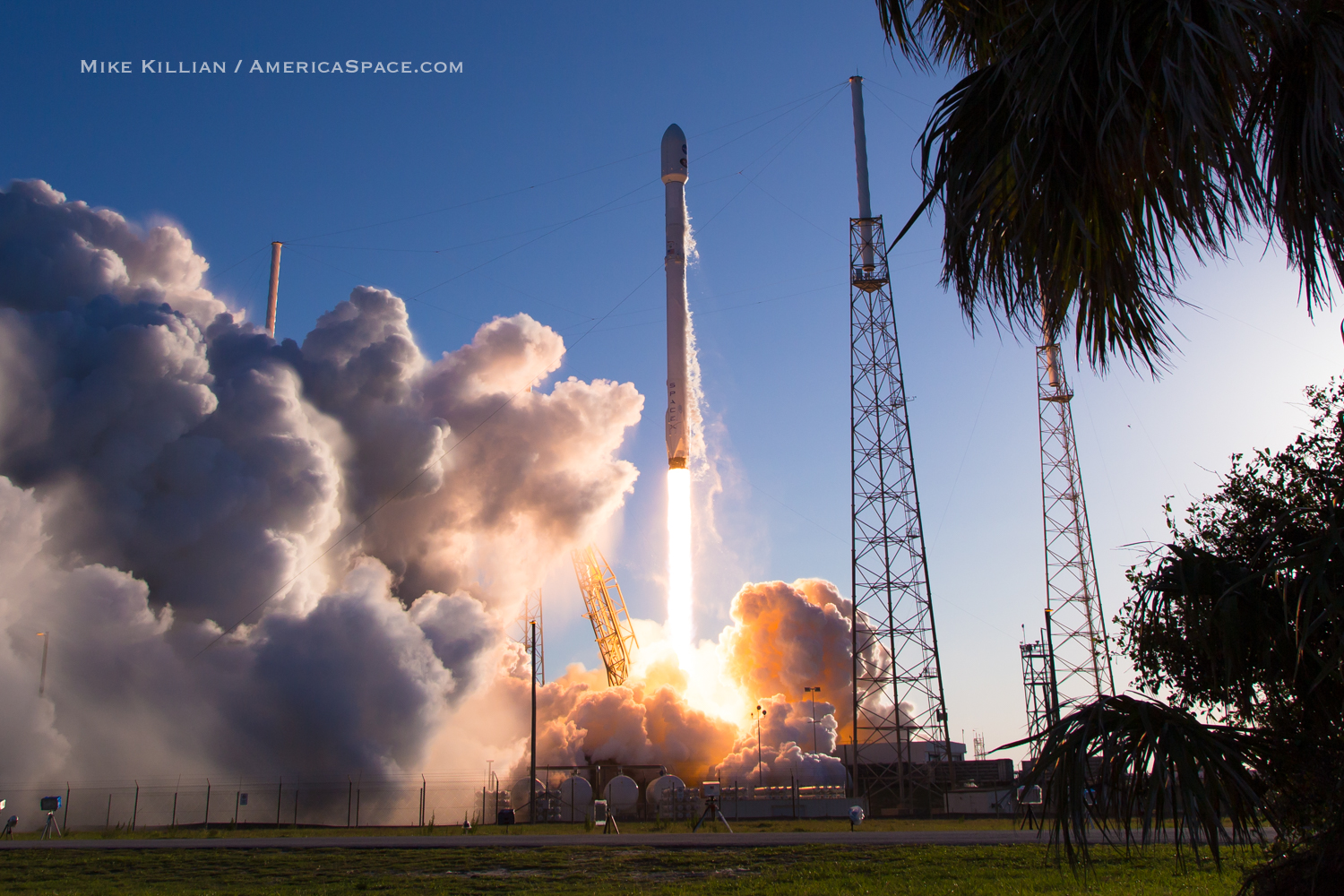
United Launch Alliance scrubbed their latest launch attempt with NROL-44 for a second time overnight, and will now stand down for the next week, giving SpaceX the eastern range to launch not just one, but two missions from neighboring launch pads on Sunday.
First up is another Starlink flight from Kennedy Space Center LC-39A at 10:12 a.m. EDT, followed by the SAOCOM 1B mission from Cape Canaveral’s SLC-40 at 7:18 p.m. EDT. That is, if the weather cooperates; launch forecasts are only 50% favorable.
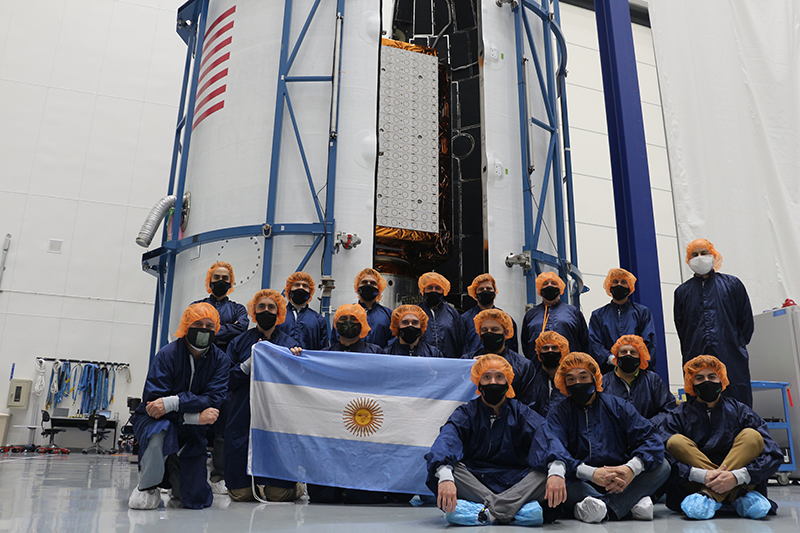
WATCH LIVE HERE STARTING AT 10:00am EDT SUNDAY!
Both rockets are veterans, with several missions already flown. The Falcon 9 rocket for the next Starlink launch, core B1060, last flew to launch the third Global Positioning System (GPS) Block III navigation and timing satellite for the U.S. Space Force on 30 June. The booster for SAOCOM-1B, Falcon 9 core B1059, will be making its fourth flight, having previously lofted the most recent pair of Dragon cargo missions to the International Space Station (ISS) in December 2019 and March 2020, followed by a batch of Starlink low-orbiting internet communications satellites on 13 June.
As previously described by AmericaSpace, this flight carries Argentina’s long-delayed SAOCOM-1B satellite, which will join its twin, the 2018-launched SAOCOM-1A, in conducting L-band radar-imaging of Earth. Working together in near-polar orbit, the two satellites will contribute to a broad range of applications, including relief from natural disasters, soil-moisture mapping, terrain-modeling and volcanology.
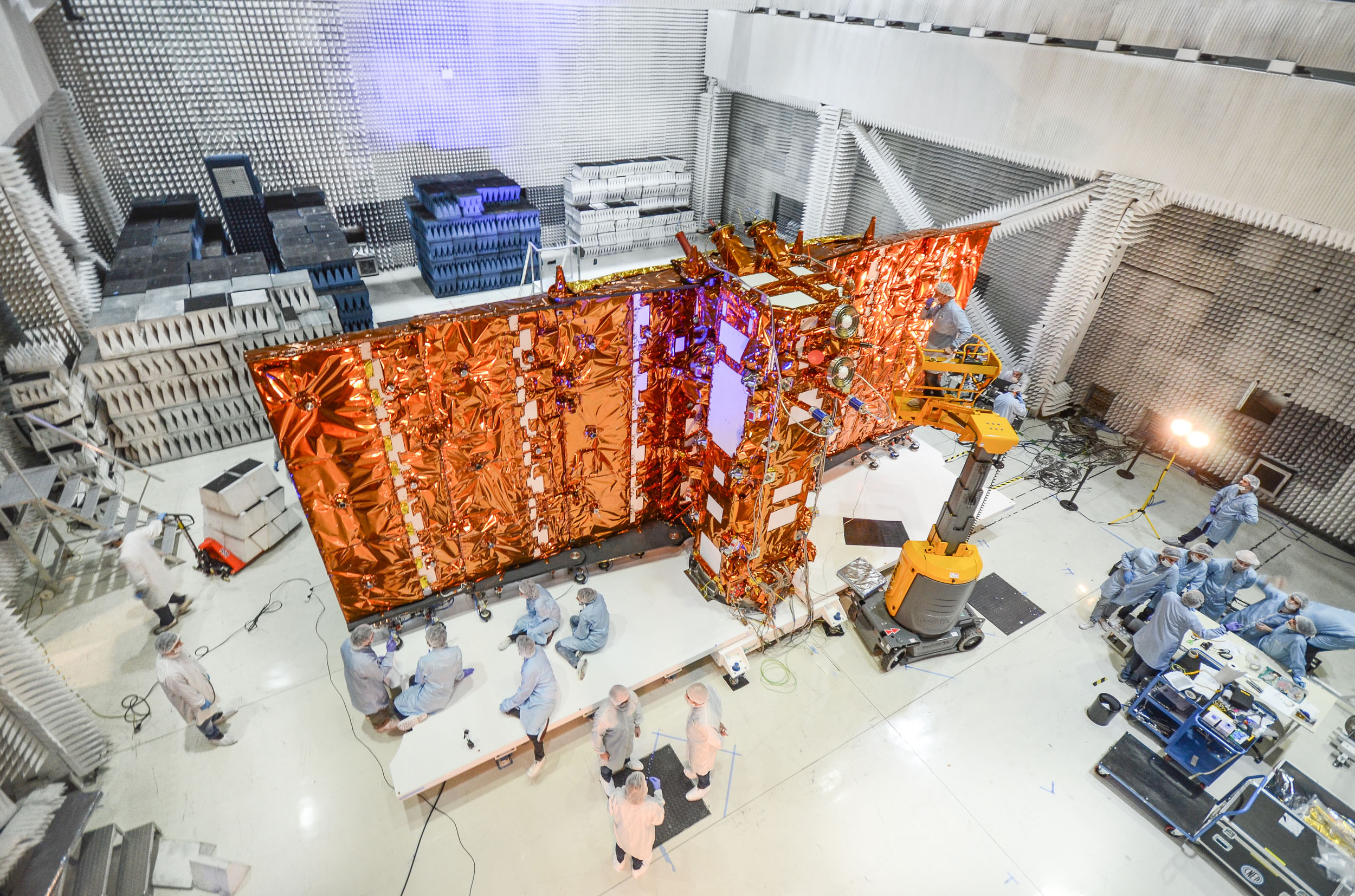
Riding alongside SAOCOM-1B is the Global Navigation Satellite System (GNSS) Navigation and Occultation Measurement Satellite (GNOMES)-1, operated by Denver, Colo.-based PlanetiQ, which aims to place a constellation of up to 20 microsats into orbit by 2023 for high-definition weather forecasting, climate research and space weather monitoring. GNOMES-1 will be equipped with PlanetiQ’s in-house-built Pyxis Global Positioning System (GPS) radio occultation payload for atmospheric sounding and is expected to operate at an altitude of almost 500 miles (800 km), inclined 72 degrees to the equator.
Also flying as a rideshare payload is Capella-2, part of a network of small satellites which will use X-band SAR to provide high-contrast, low-noise and high-resolution imagery as fine as 1.6 feet (0.5 meter). Provided by San Francisco, Calif.-headquartered Capella Space, it is a larger and more capable successor to the Capella-1 satellite, which rode a Falcon 9 on the SSO-A SmallSat Express rideshare mission in late 2018. To achieve its imaging resolution, Capella-2 utilizes a 11.5-foot-diameter (3.5-meter) mesh reflector antenna.

SpaceX hopes to land the Starlink booster on their offshore ASDS, while the SAOCOM-1B booster is expected to recover back at Landing Zone-1 on Cape Canaveral.
Should both fly within less than 48 hours of each other, it would establish a new record for SpaceX between any two of its launches. Two previous pairs of missions, in June 2017 and December 2018, came close, with roughly 48 hours between each flight, although in both cases the launches occurred from the East and West Coasts of the United States. This week’s double-header of Falcon 9s (to say nothing of the mammoth Falcon Heavy) will all originate from the Space Coast.
– Written by Mike Killian and Ben Evans
.
.
FOLLOW AmericaSpace on Facebook and Twitter!
.
.




